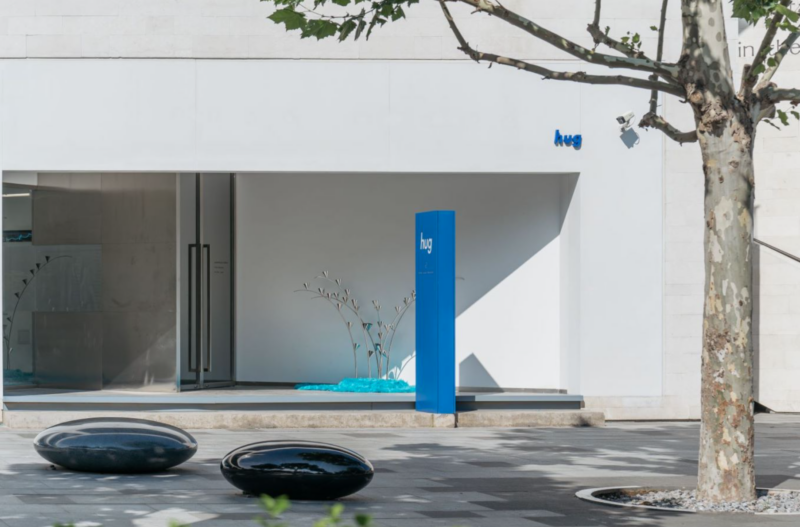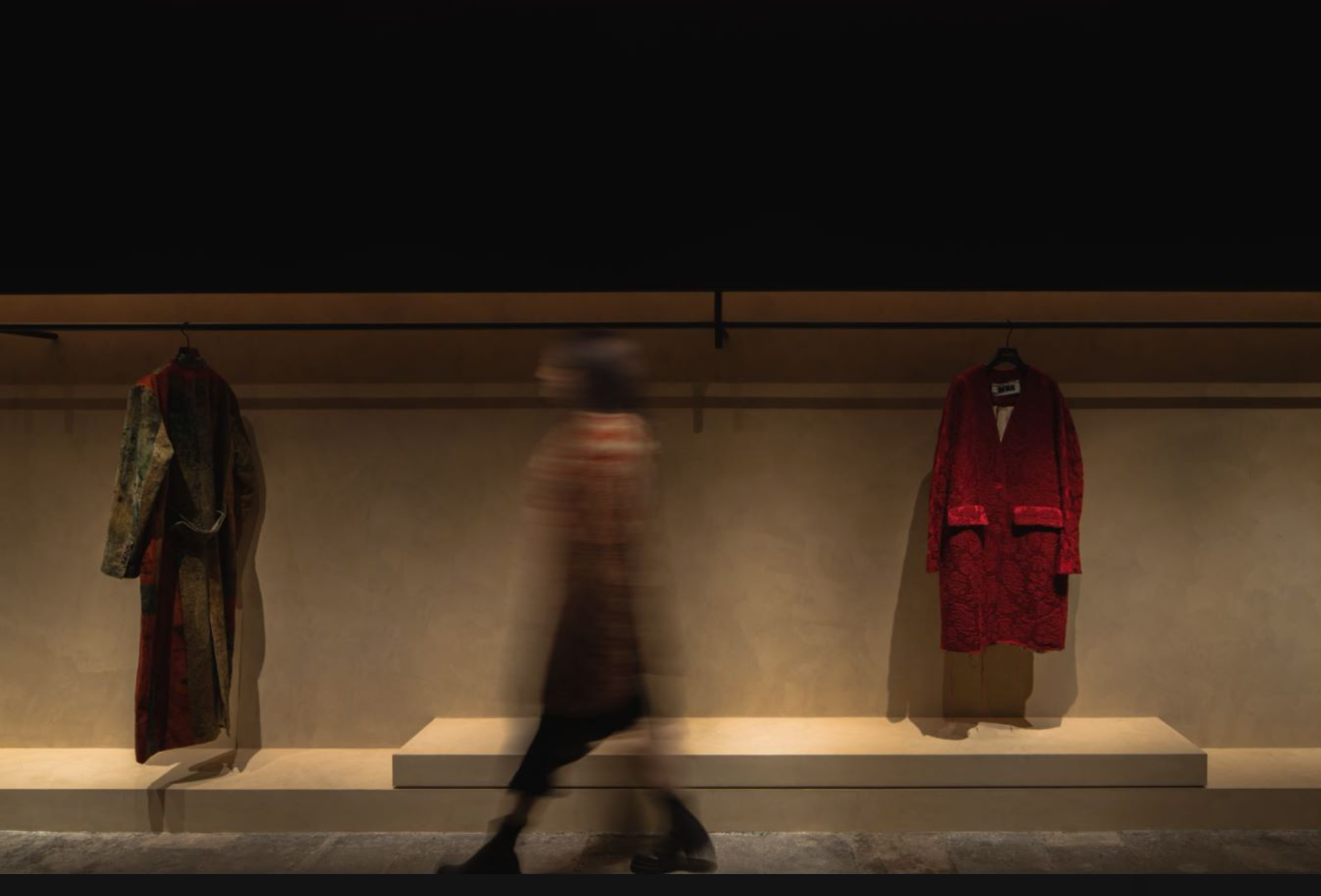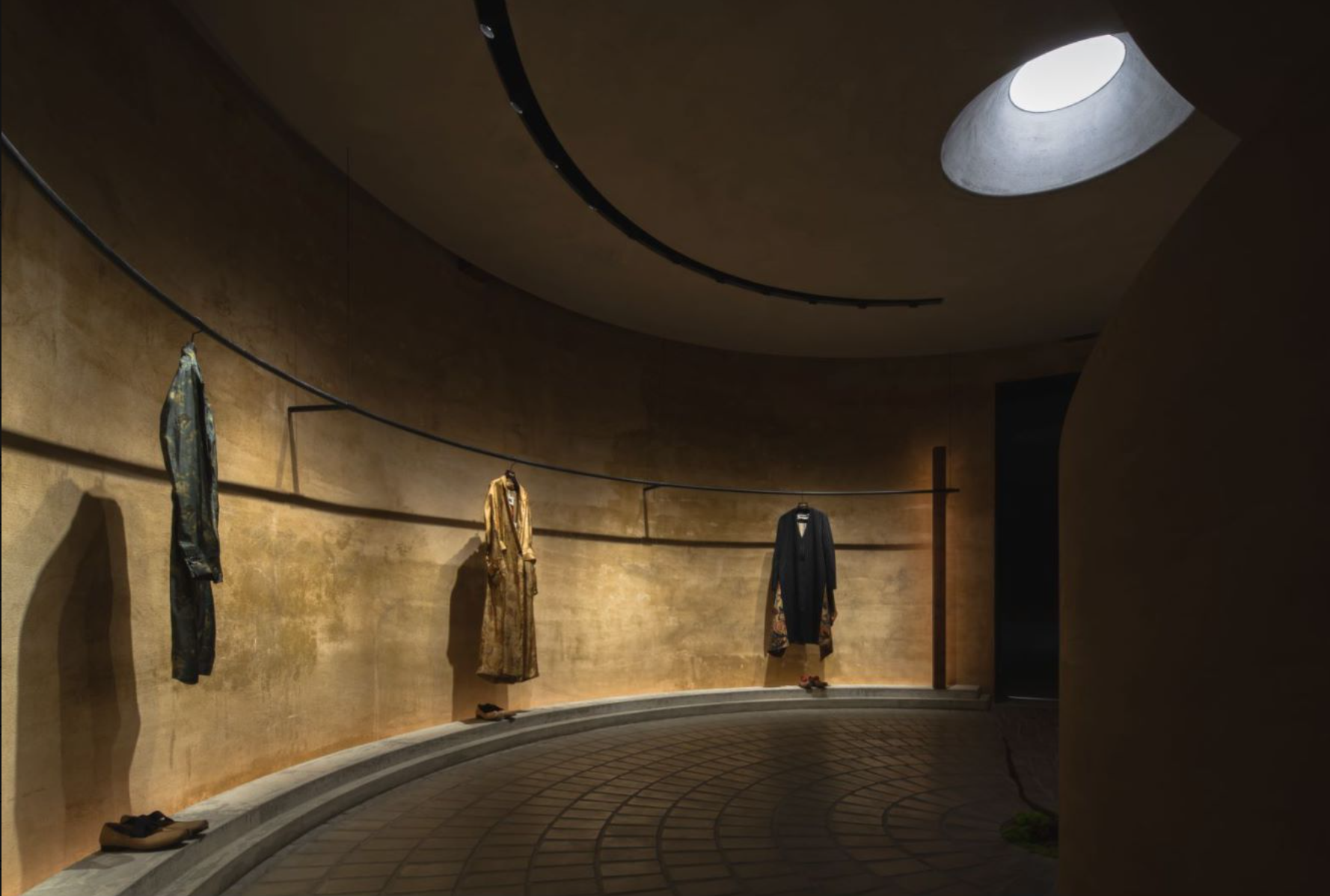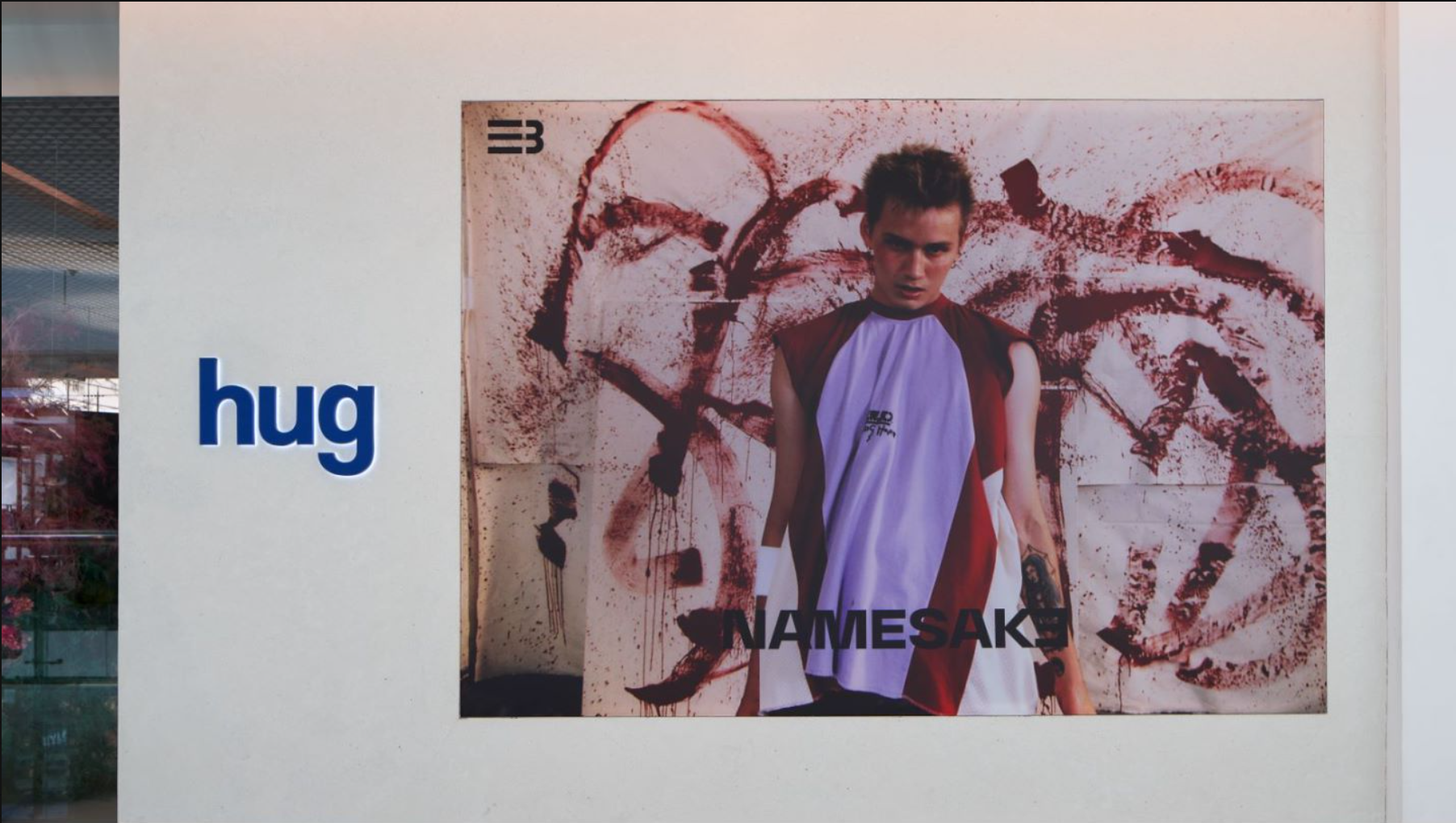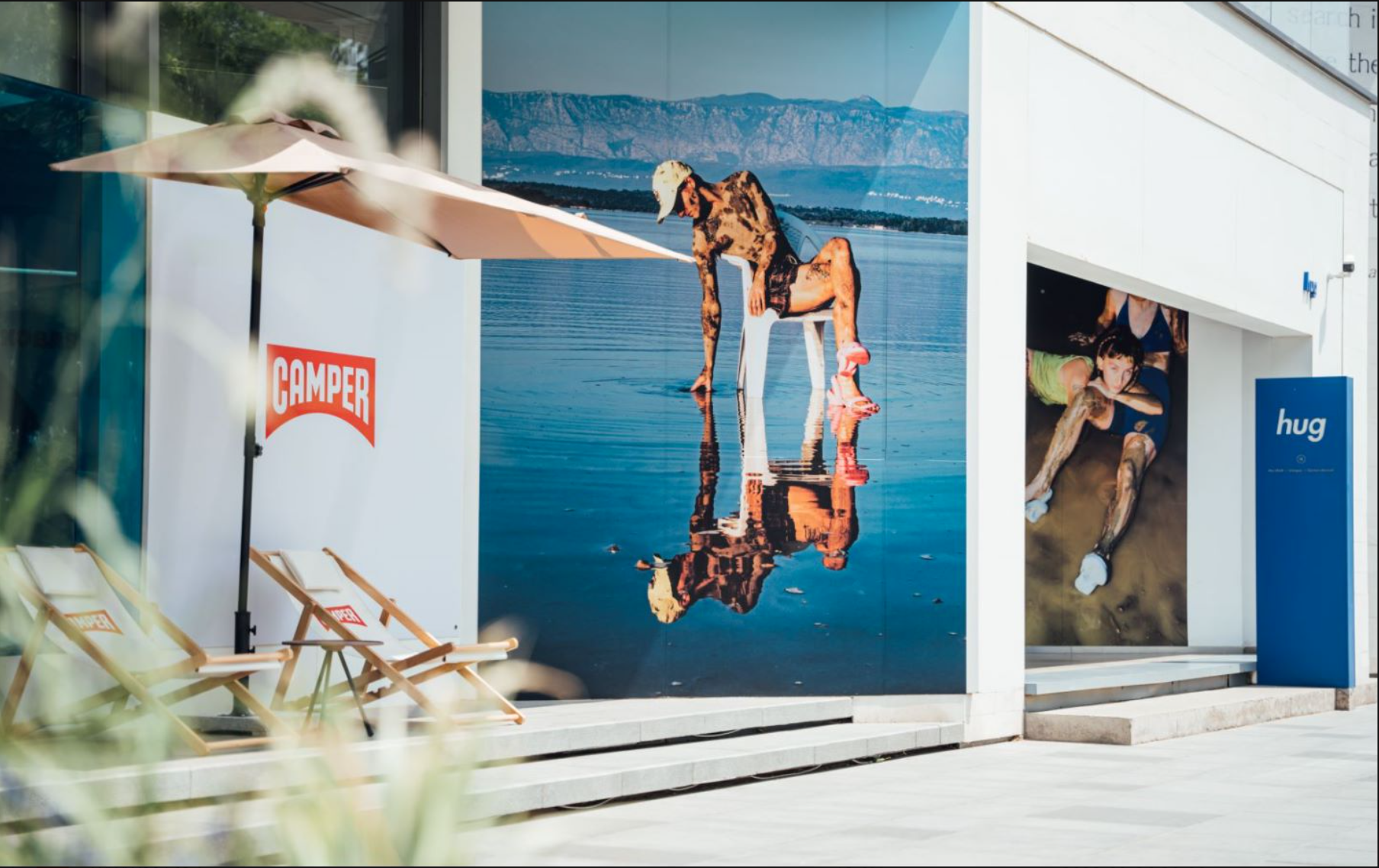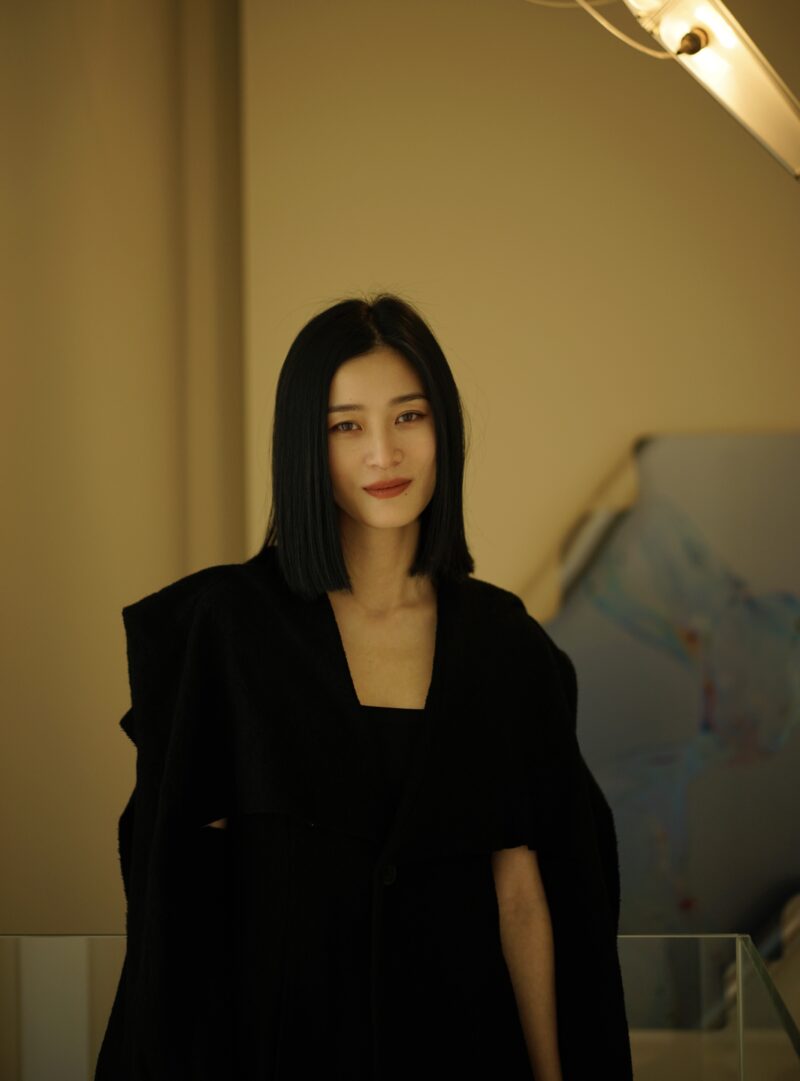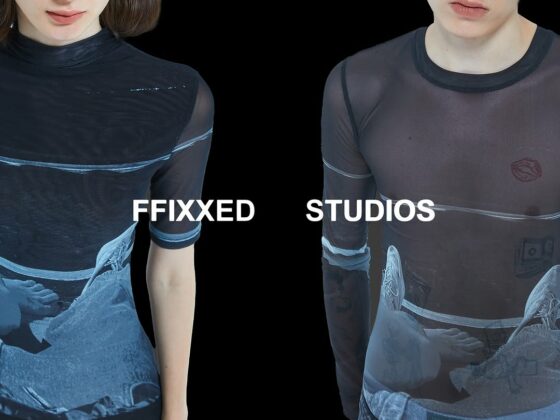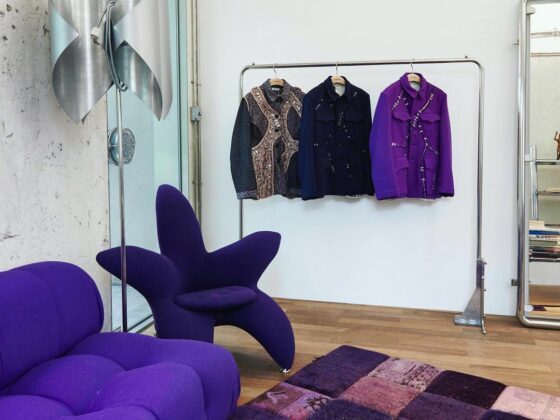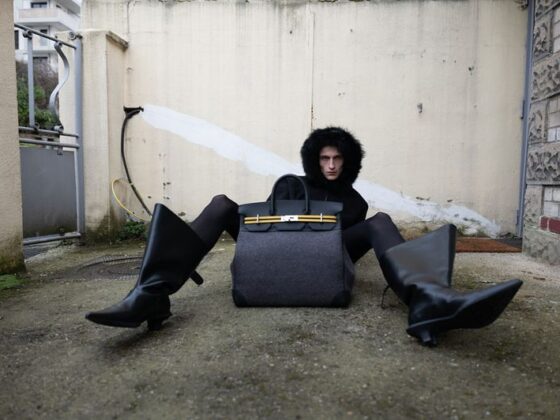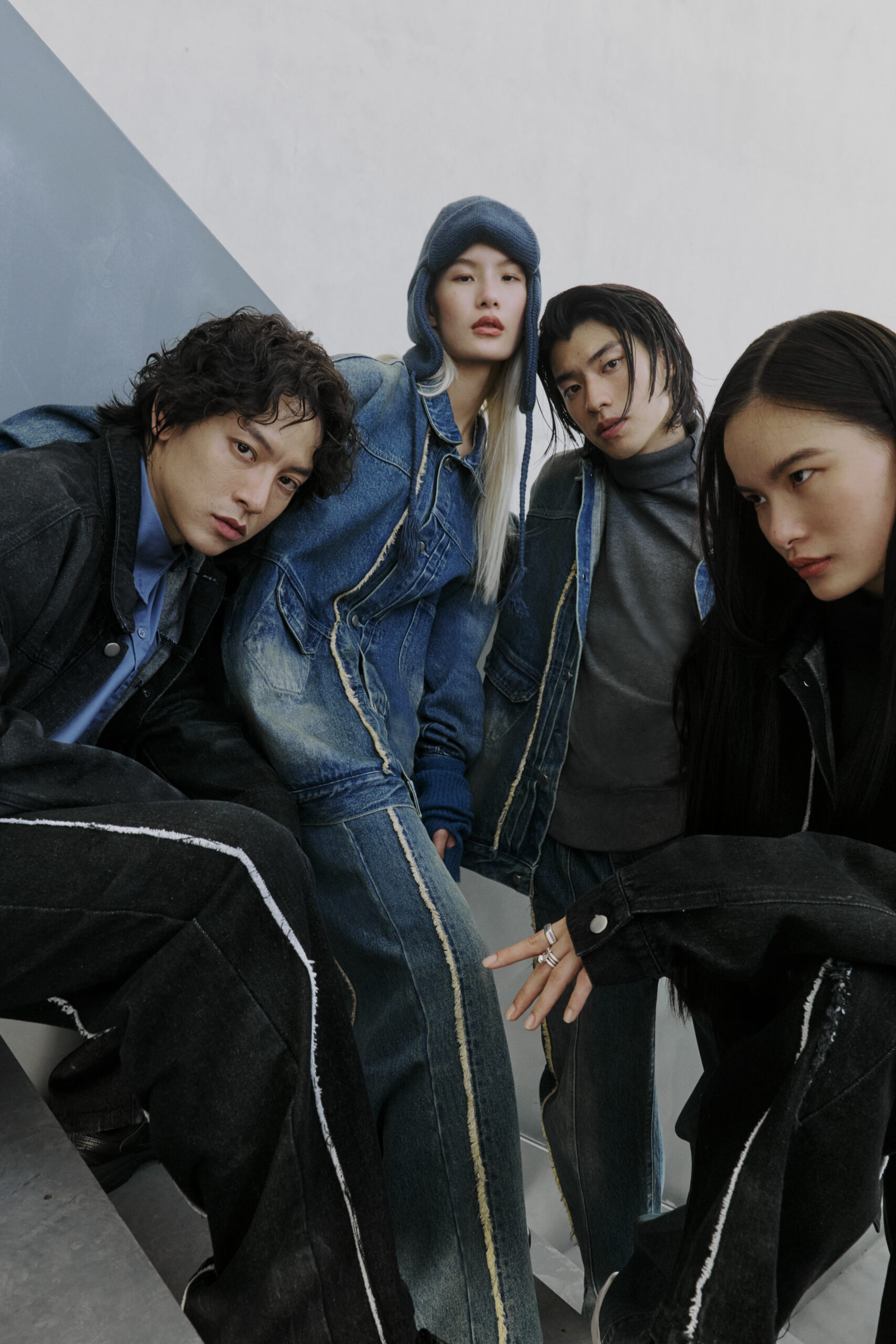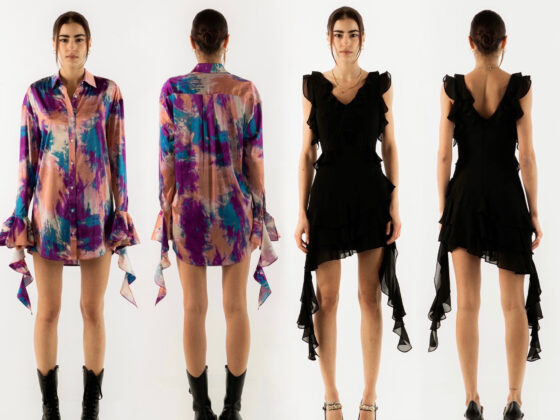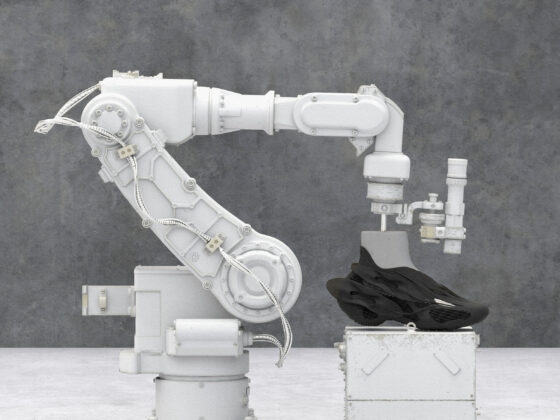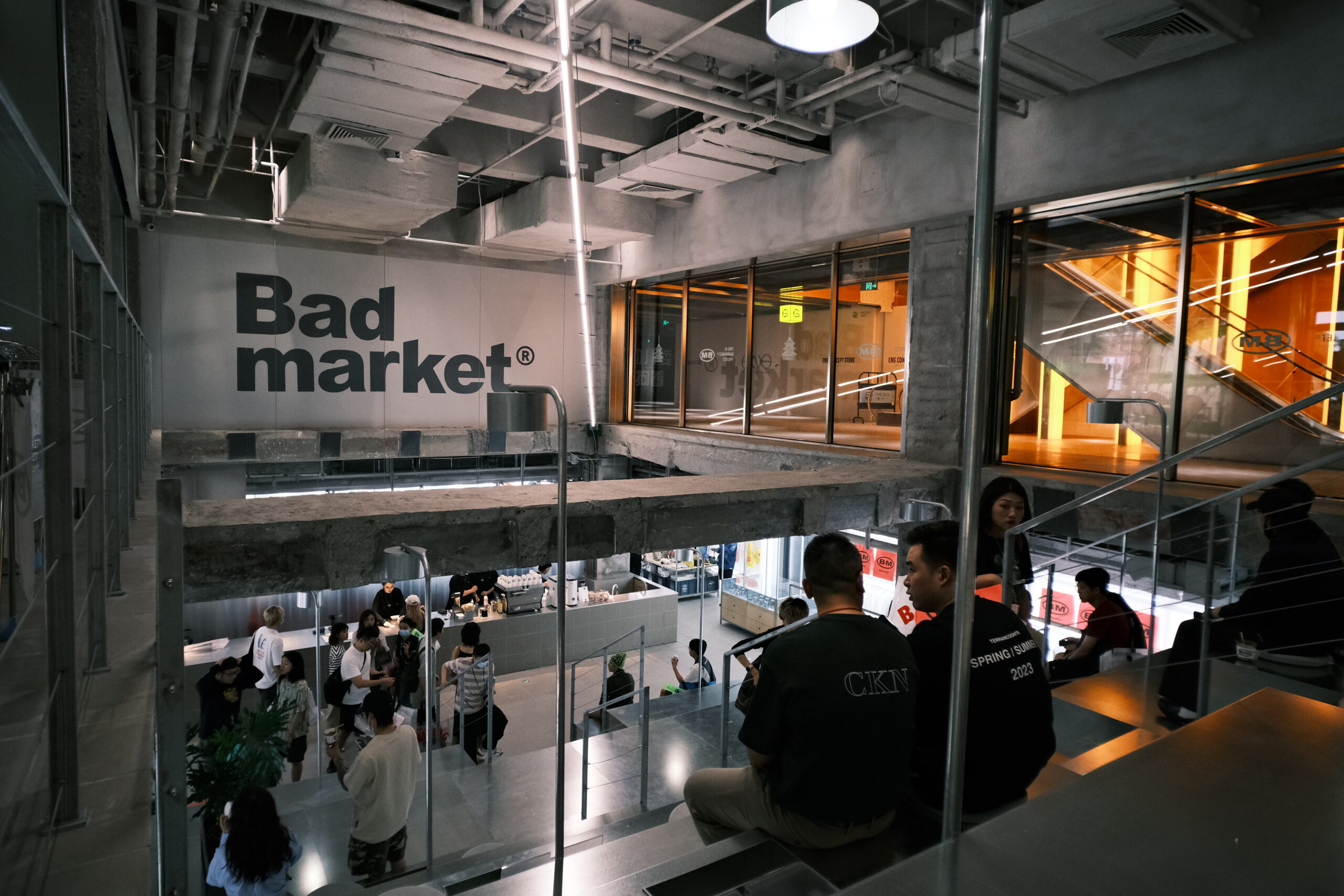Nana: Fashion has infinite possibilities, and new power is born from it. As a carrier of culture and times, fashion encompasses everything. From trendy to traditional culture, from celebrities, idols to everyone’s daily life, and from West to East, it is our discourse, our power, our time. Through Asian Voice, we hope to spread the local Asian fashion culture to the world by moving cross languages and borders.
The inaugural Hug store is situated in Chengdu, China—a vibrant city steeped in youth culture and trends. As a flourishing retailer within China, Hug embodies a profound commitment to internationalism and inclusivity. Within the store’s confines, visitors can traverse two worlds, bearing witness to the seamless fusion of Eastern and Western brands.
Hug endeavors to pique the curiosity of its customers through captivating art installations adorning the store, encouraging them to delve deeper into the brand’s narrative. Serving as a pivotal link between brands and consumers, Hug consistently delivers engaging narratives and a curated selection of premium offerings.
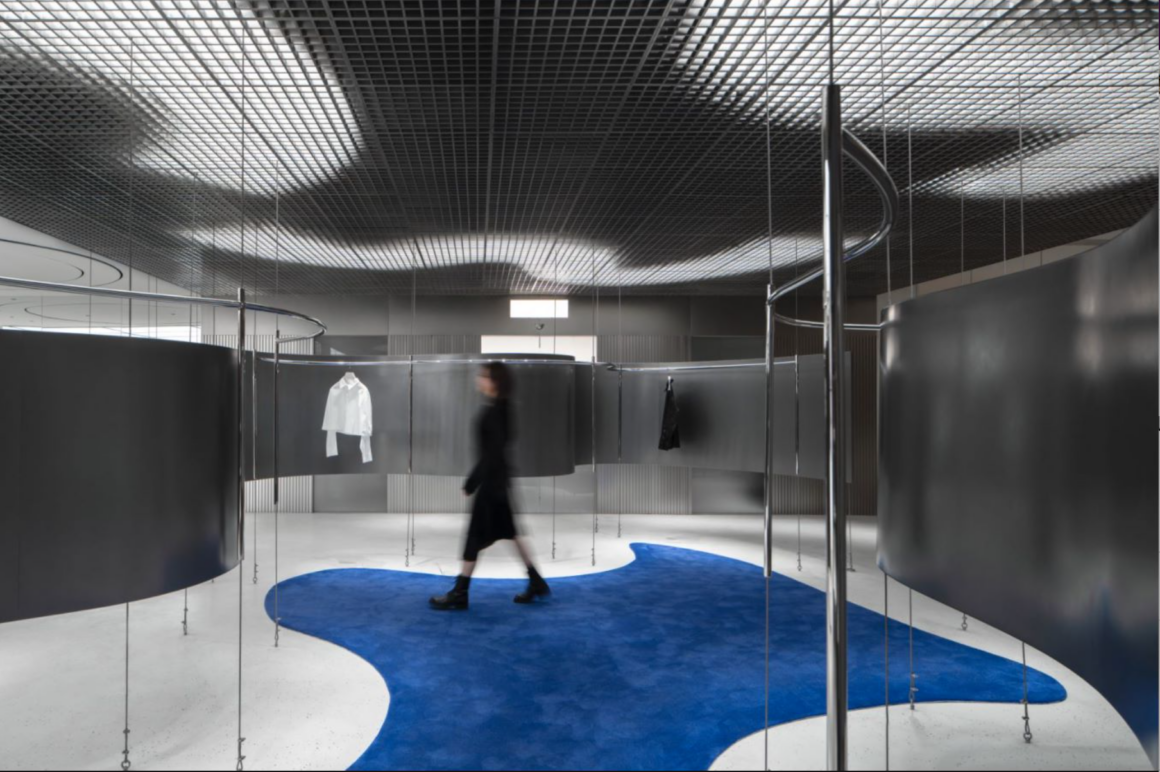
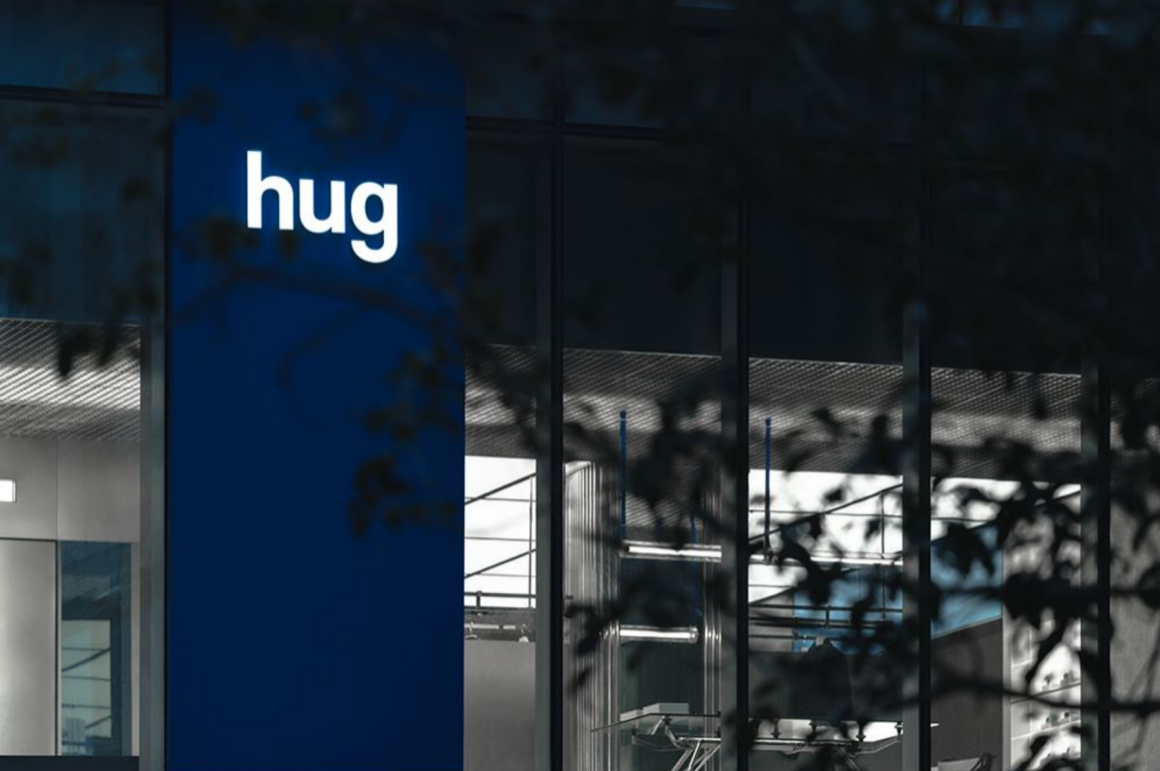
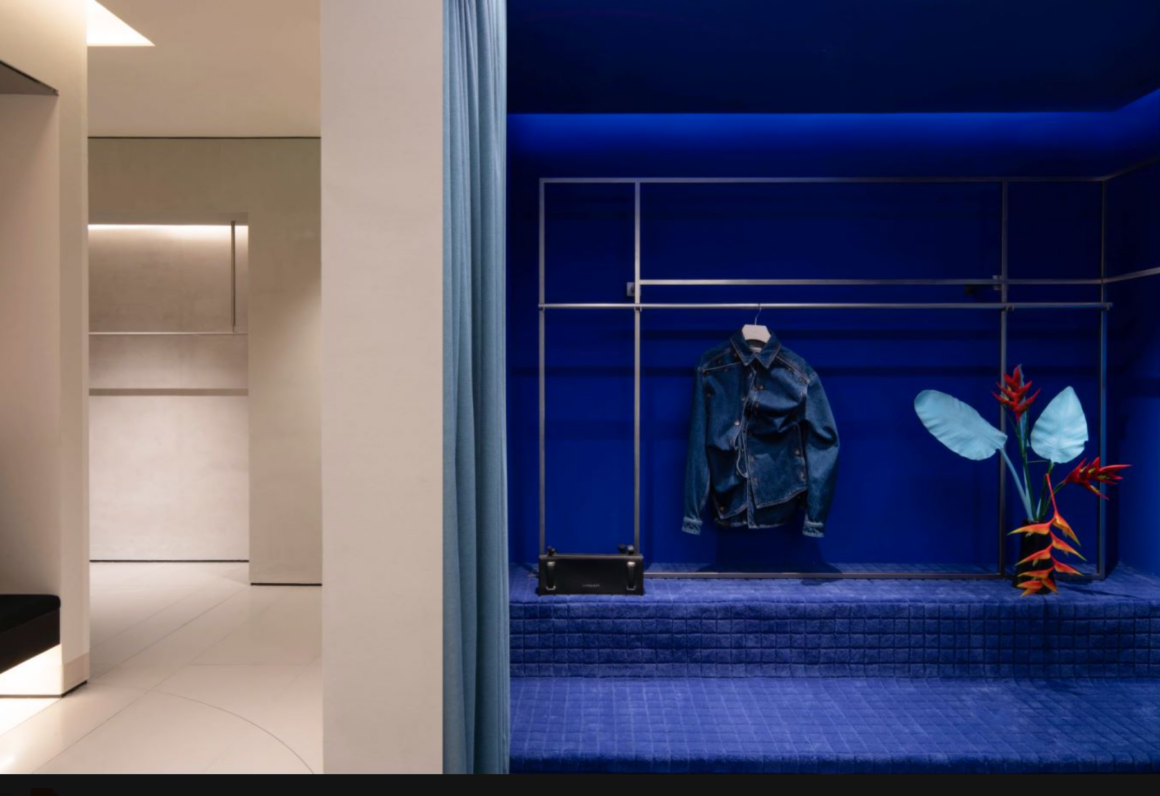
What motivated you to initiate your store Hug and select Chengdu as the location for your inaugural launching in 2015?
Vk: I come from Chengdu, so choosing a location here allows me to better understand our hometown and the needs of our customers. This enables me to position our store more effectively. Chengdu, located in the southwestern region of China, actually embodies a very youthful and relaxed lifestyle, with strong inclusiveness and purchasing power.
The initial inspiration for starting Hug actually came from my personal perspective of discovering many niche designer brands. For example, I love discovering great brands in Tokyo. Some of the brands that left a deep impression on me include Undercover, among others.
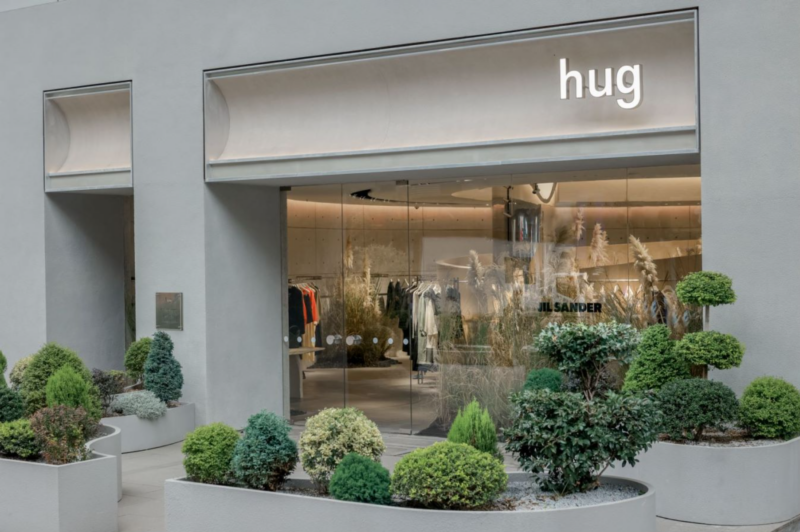
What kind of experiences that you want to bring to customers when they are wearing and buying clothes from Hug, and what kind of community you’d like to create behind?
Vk: When we first started building our brand, we aimed for an international perspective, intending to introduce a design and inclusive attitude towards both Eastern and Western cultures, integrating Western and Eastern elements into the Chinese market. Our core philosophy is to eliminate geographical limitations. Through Hug’s recommendations, we hope to introduce excellent Western design culture to China, seeing Hug as a symbol of bridging different cultures and an attitude.
We don’t blindly follow trends but maintain a balance in our business, always staying true to our initial vision. Furthermore, we emphasize ensuring that every piece of clothing has its unique story behind it, so that consumers not only buy beautiful clothes but also get to know the stories behind them.
Hug has a profound connection with the arts, both in relation to the ambiance of the store and with regards to previous events. What factors do you consider when creating a retail space?
Vk: We have been dedicated to artful display installations for 7 years now, starting with the brand Angel Chen in our first store and continuing to refresh our space every month. We aim to create opportunities for designers and customers to engage and blend through visual presentations. Additionally, we strive to pique customers’ curiosity and spark their desire to learn more about the brands through aesthetically intriguing spatial installations.
Just as we have consistently strived for, our goal is to serve as a bridge between the brands and our customers.
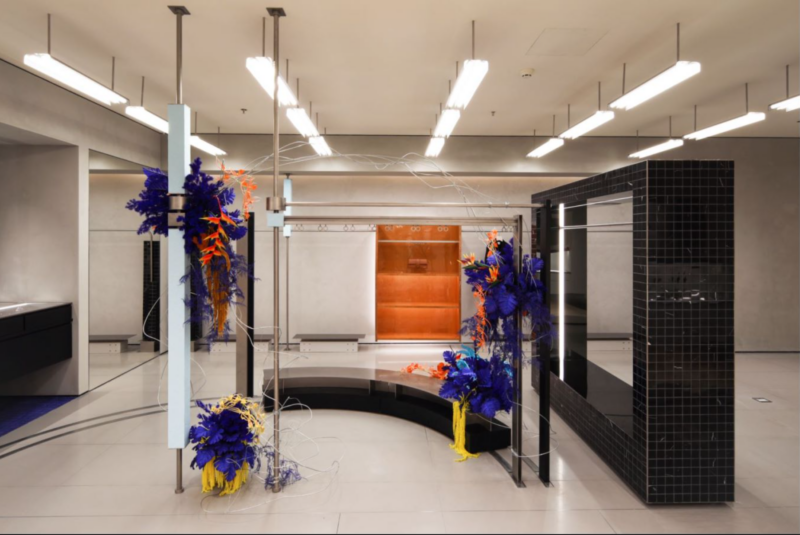
Is there any brand story that has left a lasting impression on you?
Vk: There is a French designer, MARINE SERRE, who Hug began featuring in its very first season. At that time, after introducing her to Hug, many people didn’t even know how to pronounce her name. However, all the clothing from this brand is handcrafted, which is why many people are touched by the quality and story behind the brand. In the end, sales were very successful.
The brand has gained more and more recognition now, and Hug has grown alongside it. This has been our motivation for the past seven years.
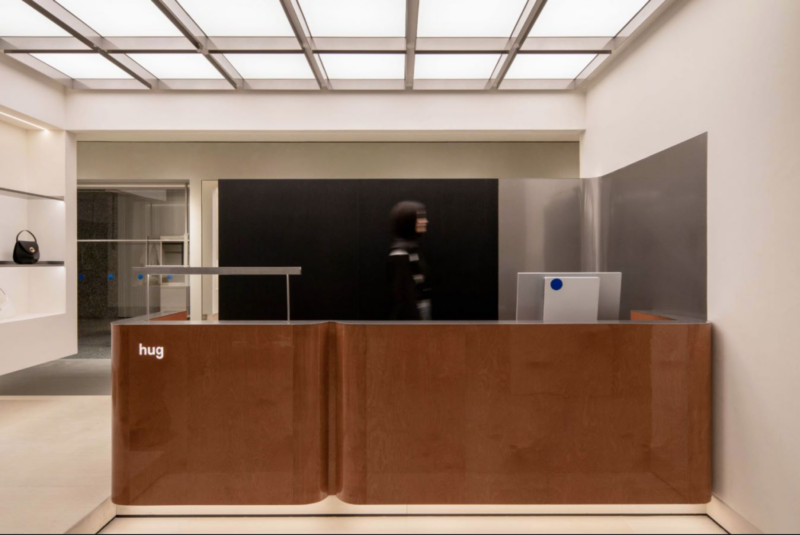
Taking an international perspective into account, what do you think are some of the biggest challenges and opportunities facing in the fashion industry in China?
Vk: This is for not just China and the world’s situation. After COVID-19, I traveled to Tokyo in April and discovered that the retail industry was facing severe challenges. This impact was not limited to just Shanghai, Beijing, or Chengdu; it extended across the entire fashion industry. Economic downturns have also led to a shift in people’s lifestyles. People now prioritize comfort and casual clothing styles over purely fashionable looks. Therefore, grasping this trend has become exceedingly important.
In times of economic hardship, businesses still have to contend with similarly high operating costs, yet consumers are less inclined to shop. Consequently, we need to be more adaptable in meeting customer demands and provide more comprehensive and refined services. Weak overall capabilities, unreasonable pricing, inadequate service, or insufficient promotion can all result in unhealthy business operations. Hence, we cannot rely solely on inventory to sustain our operations.
What advice would you give to aspiring designers about how they can differentiate themselves in this competitive space?
Vk: For friends who are considering starting a business, caution is crucial. Starting from scratch can be quite challenging nowadays. For those who already have operational stores, it’s essential to genuinely and wholeheartedly consider the needs of your customers. Moreover, take the time to reflect on your own strengths.
However, don’t be pessimistic. Clothing is something that everyone needs, so believe that there will always be customers who feel that clothing can empower them, just as our store faces similar circumstances. Hug will always adhere to providing sincere service, which was our initial goal.
In China, perhaps the past few years have seen a frenzy of shopping, but in the years following the pandemic, people’s demands for quality have been rising. In the end, what will endure is quality and storytelling.
In the end, what will endure is quality and storytelling.
Text by Yiyao Zhang



